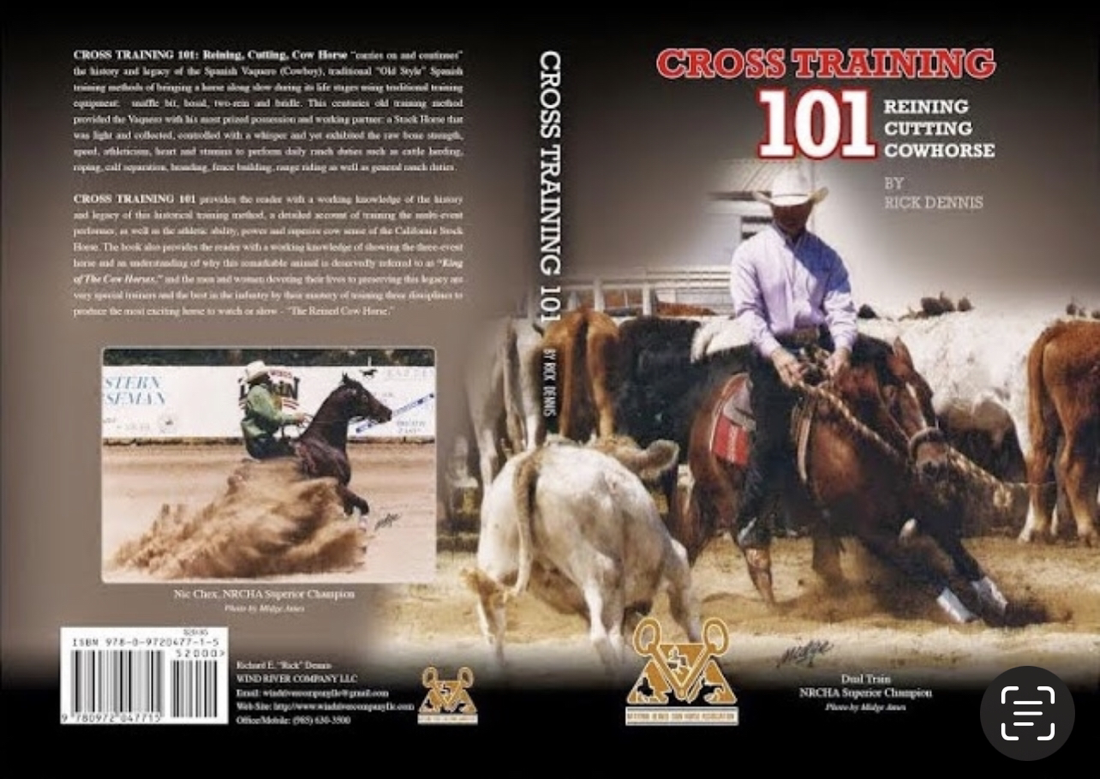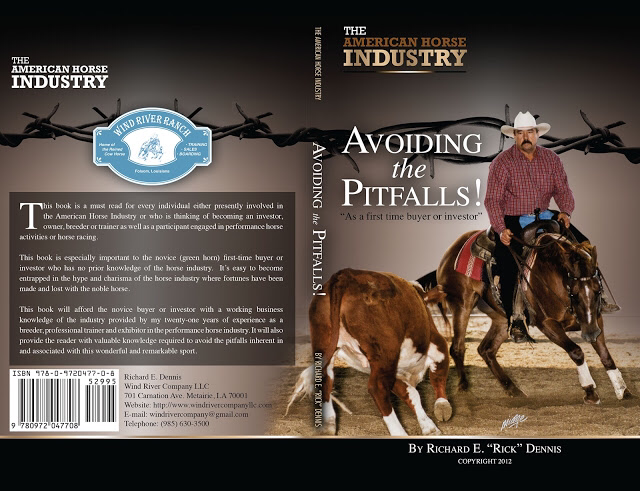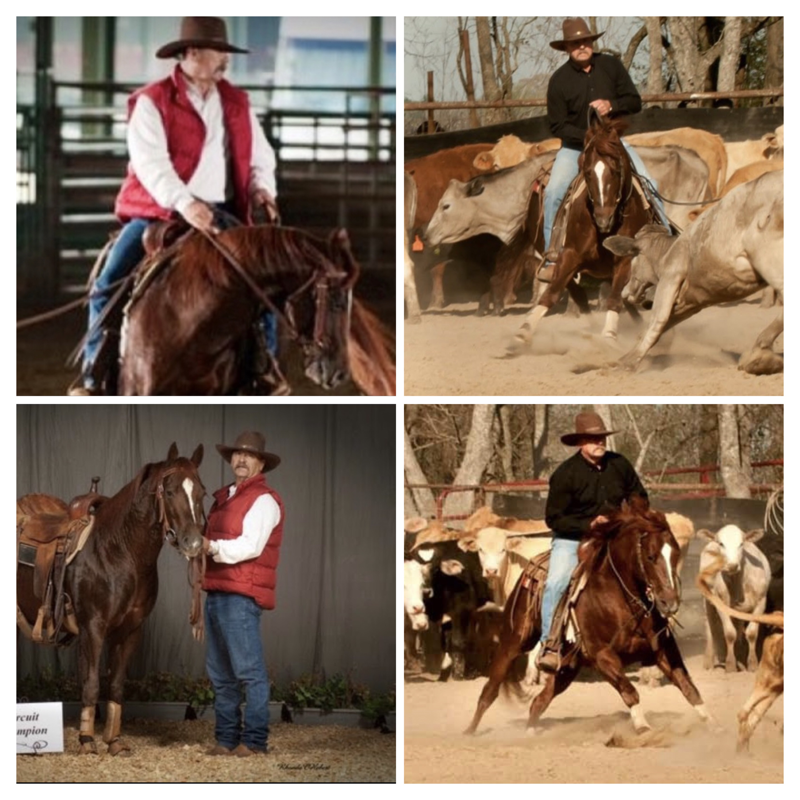|
DETERMINING THE BEST SHOTGUN GAUGE,
FOR MIGRATORY BIRD HUNTING? By Richard E. “Rick” Dennis CPP July 31, 2020 © July 2020 All Rights Reserved WHICH GAUGE IS BETTER? 12, 16, 20, OR 28. Back in the early 1970’s, I began hunting migratory waterfowl. More specifically, Ducks, Coots, and Geese, in the Louisiana wetlands and marshes. My first waterfowl hunting experience was a duck hunting trip outside of Lafitte, Louisiana. My hunting companion was Peggy Brown. During our previous time spent together afield, Peggy and I embarked on a myriad small game hunting trips on her family farm in Mississippi. Our primary quarry, was the Mississippi Grey Ghost, or bushy tail Grey Squirrel, but rabbits were also on the harvesting list. Peggy was a crack shot with an open-sighted 22 rifle, and usually out scored me on most small game hunting trips. However, neithe of us had any experience hunting migratory game birds. A chance meeting with a Lafitte, Louisiana resident and an experienced duck hunter, would soon change that. While I was assigned as a Special Agent with the Federal Strike Force; Office of Drug Abuse and Law Enforcement (ODELE), a division of the Federal Bureau of Narcotics and Dangerous Drugs, I met a Lafitte resident who was also an experienced migratory game bird hunter. This chance meeting was made possible by my new assignment with the (ODELE) Gulf Coast Anti-Drug Smuggling group. This strike force was located in Lafitte, Louisiana and covered most of the Gulf Coast Area. Lafitte Louisiana; a well known duck hunting area, is-in close proximity of another well know Louisiana duck hunting location; Venice, Louisiana. Acting on the advice of our local resident hunter, Peggy and I borrowed 12 gauge shotguns. Peggy used her fathers semi-auto and I used a borrowed pump action. On the barrel, both shotguns carried the Full Choke designation. Also, on the advice of our duck hunting aficionado, we both used 2 ¾ Winchester Super X high brass 7 ½ lead shot. In the 1970’s, waterfowl bag limits were very generous and a hunter could harvest three times the daily bag limit we have today, or six ducks. Due to the generous bag limits and the quantity of decoying ducks, Peggy and I were able to harvest enough ducks to make our first hunting experience successful. What we both suffered from was wing shooting experience. More specifically, maintaining the proper lead on fast flying targets. We soon learned, our shots fired at fast flying targets usually landed behind the intended target, instead of on the target, especially on crossing shots. Another problem we encountered was: judging proper shooting distances over over open water. After my first duck hunting trip, I embarked on a mission to acquire wing shooting experience at the skeet range while determining which shotgun gauge was the ideal shotgun size for harvesting migratory waterfowl. I also wanted to know which choke configuration was the most desirable - Full, Modified, or Improved Cylinder. During this era, most seasoned duck hunters used a fixed Full Choke at the end of their shotgun barrel. The desired shotgun barrel length was 28 to 30 inches. Over time, I tested a myriad shotgun gauges, choke configurations, and shot sizes. I hunted with the 12, 16, 20 and 410 gauges with either a Full, Modified, or Improved Cylinder choke. The same research applied to the best type of shotgun action to use and the most reliable. In the Louisiana marshes, duck hunting is accomplished in a harsh environment. Therefore, I tried: Pump, Semi-Auto, Double Barrel, or Over and Under action types. In the duck blind, I determined pumps, double barrels, and over-under shotguns were the most reliable. However, one semi-auto shotgun stood out and was a favorite among Southern waterfowl hunters – the Browning Auto 5. The two gauges I like most are the 16 and 20 gauges. Between those two, I preferred the 16 gauge. However, I would soon learn 16 gauge shells were hard to find and in short supply. Notwithstanding, the lengthening of the 20 gauge shot shell to 3 inches created a magnum version which wasn’t helping the 16 gauge maintain longevity - in the hunting field. The development of the 2O gauge 3 inch magnum shell made it possible for the 20 gauge to hold and propel the same amount of lead shot as a standard 2 ¾ 12 gauge shell, or 1 ¼ ounces. For shooting ducks over decoys, my first personal shotgun, was a Browning Auto 5 Magnum 2O gauge which shot 2 ¾ as well as 3 inch magnum shells. During Teal season I’d shoot 2 ¾ shells and on opening day I’d switch to 3 inch magnums. My shotgun shell of choice was the Winchester Super X loaded with 7.5 shot. For years, that combination proved to be very successful on migratory game birds, especially over decoys. I’ve always found the 2O gauge was lighter than the 12 gauge, kicked less than the 12 , and I could swing it faster, especially on fast flying Teal. People often asked me why I excluded the 16 gauge from my regular hunting trips and the best answer I could give them was: 12 and 20 gauge shells are readily available and 16 gauge shells were in short supply. The lack of 16 gauge shells remains true, today. It’s not that the 16 gauge isn’t a dandy shotgun, I actually prefer it over both the 12 or the 20 gauges, but again the handicap or drawback was and still is: finding the shotgun shells to feed it. Like the old adage, “The 16 gauge swings like a 20 and hits like a 12.” Truer words were never spoken, or written. The 16 gauge is a great shotgun, especially if it’s made on a true 16 gauge action. However, most firearms manufacturers deciding to chamber the 16 gauge usually does it on a 12 gauge action. With the 16 gauge: I’ve harvested deer, waterfowl, quail, turkey, squirrels, and rabbits. In a lot of instances the 16 gauge is better than the 2O gauge, especially when shooting buckshot, and from the simple fact the 16 gauge shoots a larger pellet size. Perhaps, the most notable and well known 16 gauge shotgun ever designed, is the venerable Browning Auto 5 Sweet 16. Today, very few firearms manufacturers chamber the 16 gauge, preferring to chamber the 20 gauge 3 inch magnum models over the 16 gauge. A sad commentary to a great shotgun gauge. INTRODUCTION OF MANDATORY STEEL SHOT REQUIREMENTS In 1979 the duck hunting world would soon be turned upside-down, when the Federal Government implemented the mandatory non-toxic shot ruling for hunting migratory game birds. This ruling eliminated lead shot, altogether. This single ruling revolutionized the migratory bird hunting industry - from shotguns to shotgun shells, to the type of pellets they were loaded with, and the size of the shell. The first transition, non-toxic shotgun loading available to migratory waterfowl hunters, was steel shot. By itself, steel shot changed the entire perception of waterfowl hunting. It required an entire retooling of modern firearms manufacturing processes. More specifically, fixed barrel chokes were replaced with interchangeable screw-in choke tubes. Further, a new variety of shot shells were developed to meet the new federal ruling , and demand. Non-toxic shot. PROS AND CONS OF STEEL SHOT First of all, steel shot is lighter than lead. Second, steel shot is loaded with less pellets than lead. Third, steel shots lethal shooting distance is limited as opposed to lead shot. Fourth, steel shot doesn’t deform on impact like lead which reduces steel’s lethal ability. It’s been argued for years, steel cripples more birds that it actually kills. Fifth, steel shot doesn’t compress in the shot string like lead shot. Therefore, the duck hunter had to learn to use a more open choke to achieve the desired choke constriction, e.g., improved cylinder was the new modified. Modified was the new full choke, etc. Sixth, without the screw-in choke tubes, steel shot is hard on shotgun barrels and could damage the shotgun – making the gun unsafe to shoot. Seventh, shot shell engineers have determined: steel shot is most effective when driven very fast and a larger shot size is introduced into the equation. However, larger shot sizes reduces the number of pellets in a shotgun shell, requiring a longer shell length to accommodate an adequate supply of steel shot. Over-the-years, shot shell engineers have also designed other non-toxic shot ingredients such as: Bismuth, Tungsten, etc. However, the other alternatives, like Bismuth and Tungsten are cost prohibitive for most water fowl hunters. The cost for ten non-toxic shotgun shells can range between 25 and 40 dollars, or more. The advantage to these types of non-toxic shot is: more pellets can be loaded in a shotgun shell, and compares to a lead shot loaded shot gun shell. THE 12 GAUGE REMAINS KING The one gauge which stands out the most in the duck blind is the 12 gauge shotgun. Twelve gauge loads range from 7/8 ounce in a 2 ¾ inch shell to 1 ½ ounces in a 12 gauge 3 ½ inch magnum shell. This versatility, establishes the 12 gauge as the most versatile shotgun gauge available, for the one shotgun hunter hunting migratory game birds or any other game, for that matter. Twelve gauge shot shells come loaded in lead, steel, copper plated, and a myriad varieties of non-toxic shot along with: buckshot and slug varieties for hunting large game. In reality, the 12 gauge has a shot shell for all seasons and all reasons including skeet and sporting clays, for recreational shooters. In addition to standard and magnum varieties it also comes in reduced recoil versions, which makes shooting it easier on the shoulder. Reduced recoil loadings can be used for either, practice or hunting. Today, the 12 gauge shotgun can be manufactured where their almost as light as a 20 or 16 gauge, the balance is superb, and the recoil has been tamed by a myriad recoil reducing options. As in all things, everything has a purpose. The same is true with shotgun gauges. When choosing a shotgun gauge, analyze the intended shotgun applications the gun will be used for, the type of terrain and game you’ll be hunting, then match the shotgun shell accordingly. Example, today I hunt ducks over decoys with the diminutive 28 gauge shotgun, loaded with 1 ounce of non-toxic shot. However, I limit my shots to decoying ducks and the occasional fly over. I never shoot beyond its intended or effective range. Over-all, under these circumstances I find the six pound 28 gauge, entirely adequate. After all the next important component, of the equation, is how well the shotgun fits the shooter which perhaps is the most important part of the equation. After all, if you can’t hit what you shoot at, gauges become irrelevant. “UNTIL NEXT TIME, KEEP EM BETWEEN THE BRIDLE!”
0 Comments
Leave a Reply. |
Richard E. "Rick" DennisFreelance Writer and Author Archives
March 2024
Categories |




 RSS Feed
RSS Feed